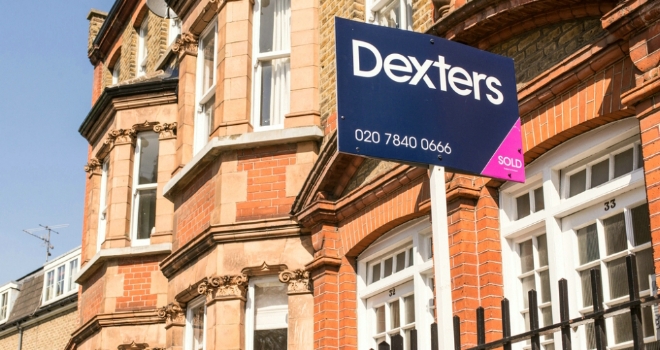June house prices rocket to 16-year high ahead of stamp duty deadline: e.surv
07-10-2021
June house prices rocket to 16-year high ahead of stamp duty deadline: e.surv

ROZI JONES
"It is now fourteen months since any of the areas in our index have recorded a fall in house prices, and this is while the UK economy has been under the severest pressure it has faced in living memory."
Annual house price growth hit 10.7% in June, the highest annual rate seen since February 2005, according to the latest figures from e.surv. Excluding London, this figure rises even higher to 13.9%.
Wales and five of the nine areas in England have seen their annual rate of house price growth continue to increase in May, with the South West and Greater London level-pegging with their April rates. The North West and the East of England have seen growth rates start to reduce - albeit by only the smallest of amounts. It is now fourteen months since any of the regions have recorded a fall in house prices, despite the UK economy having been in reverse during this period as a consequence of the pandemic.
In June, the North West continues to lead the way as the region with the highest rate of annual house price growth, at 17.3%. This is the ninth consecutive month in which the North West has been top of the table, assisted in its prominence this month by Greater Manchester, Merseyside, Warrington, and Cheshire East, where prices have been increasing at an annual rate of in excess of 18%. This month it is the price of detached homes that has seen the largest increase in these areas, with prices up by some 23% in Greater Manchester, 22% in Warrington and 19% in Merseyside.
As expected, the East of England, the South East and Greater London continue to have the lowest rates of house price growth of the 10 regions, a pattern which has existed for the last seven months.
Greater London has the lowest price growth of all the GOR areas at 1.2%, and is the only one to have an annual rate of less than 8%. In Greater London it is the average price of flats that has seen the largest fall, down by 7.4% in May, compared to twelve months earlier. There are currently eleven London boroughs where average house prices have fallen over the year, with six of these being in the top ten boroughs by value, i.e. most of the prime central areas of the capital.
On a monthly basis, the data shows a growth rate of 0.8% in June, up from three months of negative rates from March to May 2021. This rise is most likely associated with the anticipated ending of the stamp duty holiday in March 2021 and the lack of demand for flats in the major city centres.
Richard Sexton, director at e.surv, commented: “Over the last twelve months, our index has shown the average price of a home sold in England and Wales has increased by some £32,500, or 10.7%. If we exclude London from this then the figure is a very considerable 14%. Nevertheless, even including the capital, this is the highest annual rate since February 2005. It is now fourteen months since any of the areas in our index have recorded a fall in house prices, and this is while the UK economy has been under the severest pressure it has faced in living memory.
“Any slowing of price rises in the period of March to May because of the initial expected end of the stamp duty holiday has been short-lived. This is in part because of the extension of the holiday but also the more general optimism in the economy which has seen many transactions that were previously postponed come back online.
“Mid-April, even before the stamp duty holiday ends, the government has introduced further fiscal support in the shape of its 95% Loan to Value mortgage guarantee scheme. This is giving continued support and confidence to borrowers and mortgage lenders, many of whom have re-introduced their own higher LTV lending to the market. This is good for the market and for home-movers.
“This fiscal support, combined with the UK’s monetary policy of historically low interest rates, continues to make home moves more affordable and has meant buyers can take advantage of cheaper borrowing and the savings they have made in lockdown to make their home moves.”

